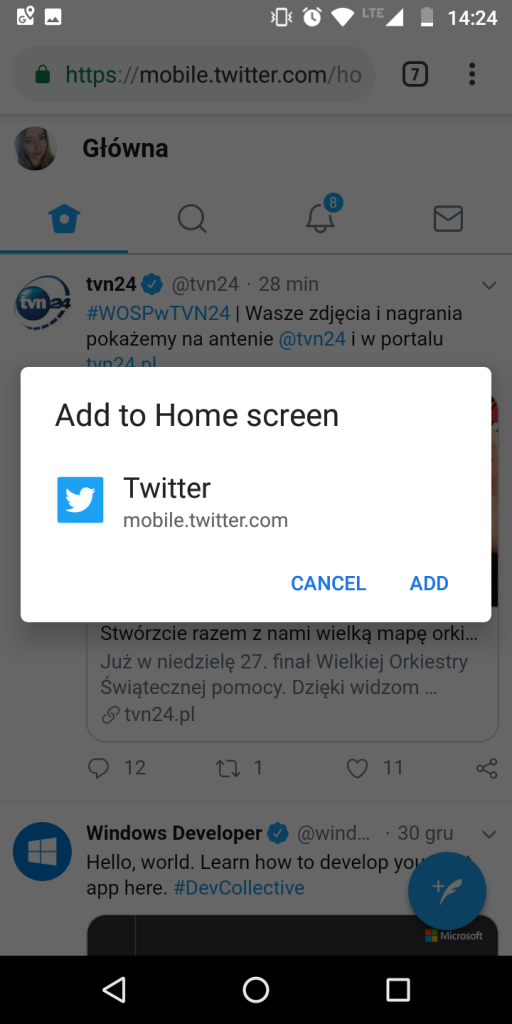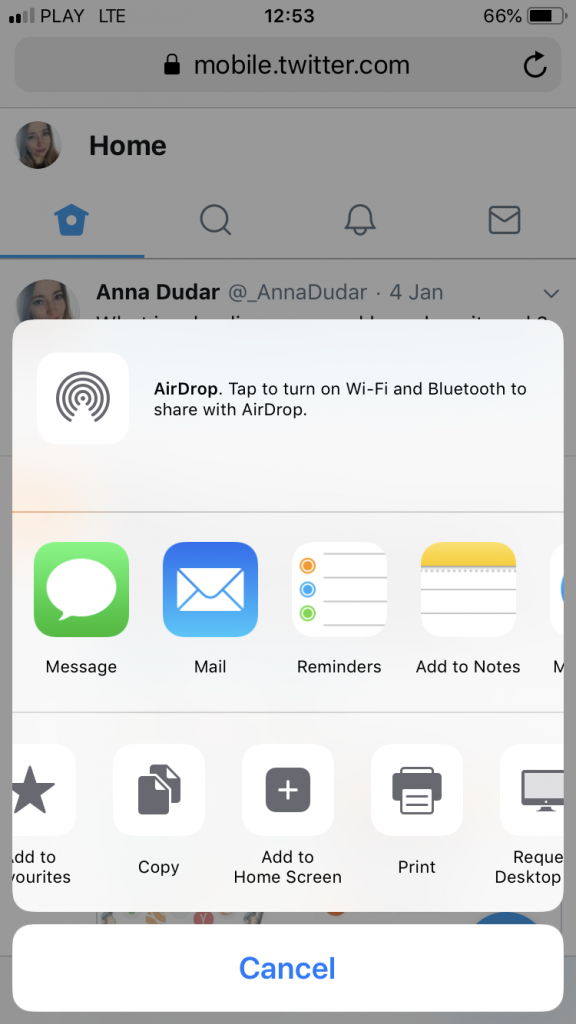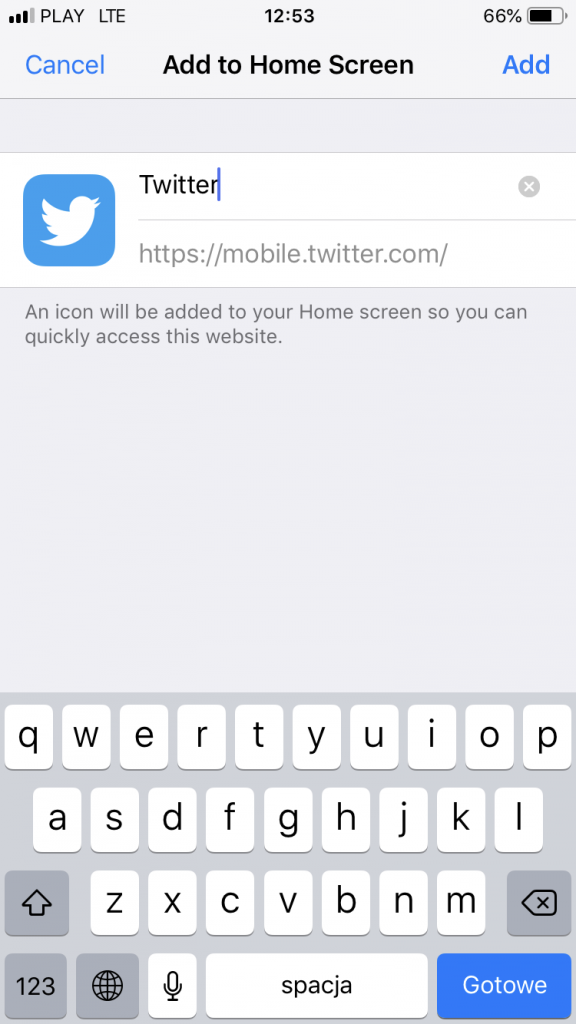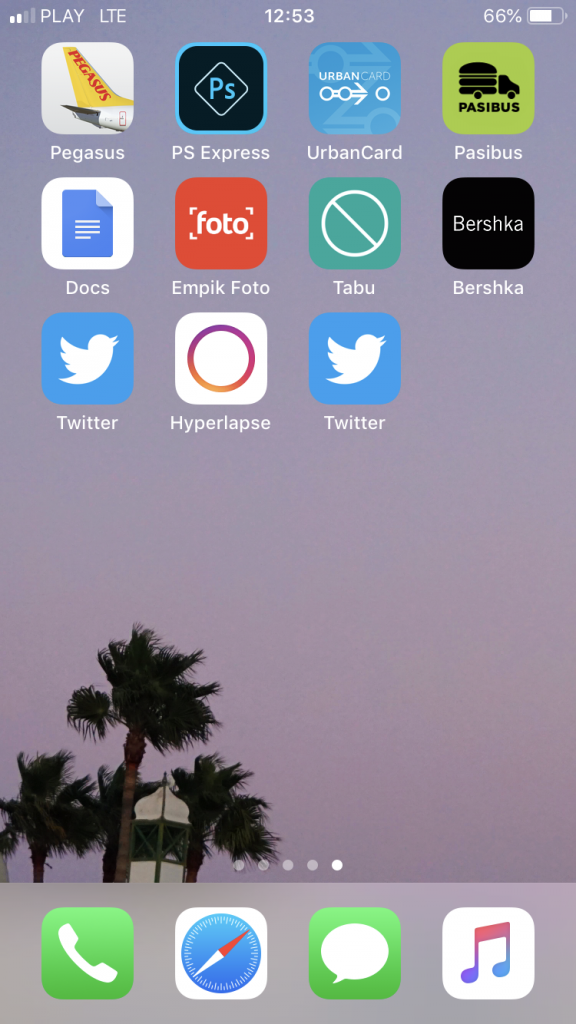Your business idea is just the beginning of your long journey to becoming successful. You will have to make many difficult business choices in the future. One of them may be a decision regarding your project implementation. Should you create a Web App, Native App, Hybrid App or maybe a more and more popular Progressive Web App?
Probably many of you wonder what the differences are between the above-mentioned applications and in what situations you should choose which option. Therefore, let’s take a closer look at them.
It is worth determining the purpose of our activities and the budget we want to spend on them. First, however, let’s explain a few basic terms.
Website vs. web app
What is a web application and how is it different from a “classic” website?
A typical, legacy website can be considered as our “business card” and is only informative. There you will find different kinds of content, photos, and videos. However, you can only look at them, this website won’t contain any more advanced functionalities. It means you will not be able to take any major actions – for example, you will not make any reservations or purchase products there.
A web application opens up a range of possibilities for this and should be associated with one word – “interaction”. Such an application may also contain “static” elements (content, photos, subpages), but apart from “watching” them, you will perform many more complicated operations on it. You can make a reservation there, buy a cinema ticket or take an e-learning course.
Websites and mobile applications are also different from the technical side – in order to create a website, we use static HTML files and CSS styles, while in the case of web applications we have to apply more advanced technologies, such as PHP, Node.js, ASP.NET etc.
What is a mobile app?

So, what is a mobile application characterized by? It is a piece of software that can be downloaded in the store dedicated for a specific system (for example Google Play for Android and App Store for iOS). It is directly installed in the internal storage of a mobile device. Such applications allow full hardware support (for example the use of Bluetooth communication), the ability to work in offline mode, high performance, and the native appearance.
Creating a mobile application involves spending more money. The main reason for this is that the same version of the application will not work on every system.
Such an application should be developed separately for Android (using Java) and for iOS – using languages such as Swift / Objective-C. This means that you will need to involve a larger team of programmers specializing in both languages, which will significantly increase the costs.
However, if high performance, good support for built-in functions (like camera, notifications) and friendly, perfectly adjusted to customer needs User Experience (more on User Experience we have already written here) are our highest priority, then we should opt for this choice.
What is a hybrid app?

Another option would be developing a hybrid app. It will be the best solution if we want the application to work on all systems. This will involve significantly lower costs and a shorter project delivery time. Such applications can be downloaded just like native ones in stores dedicated to particular systems.
Of course, this is not an ideal solution. The performance of the hybrid app will never keep up with native applications. Take it into account, especially when you implement a large project and the performance of the application is a key feature for you (for example mobile games).
What’s more, User Experience will be standardised and it means that customer experience related to app operation won’t be matched to a native system look.
Therefore, the user may encounter various difficulties while using the application, and his final experience may turn out to be unsatisfactory. This can lead to downloading a different, competitive application that was designed as a native mobile app.
Developing a hybrid application is possible by using popular web technologies such as HTML, CSS and JS, and tools such as, for example, Cordova. Using these technologies, we will create a hybrid application, similar to the native one, but with some shortcomings. The user may get the impression that he is using the mobile application, but from the perspective of user experience it may not be the best solution.
Hybrid applications can be also designed in a different way – using cross-platform frameworks – Xamarin, React Native, NativeScript or the recently released Flutter. Such a solution will provide the user with a much better experience in terms of usability and will be (visually) very similar to that of a mobile application.
Progressive Web Apps

Progressive Web Applications can be called the latest thing in IT. It is said that it’s going to be one of the biggest trends in the coming year. So what’s behind this mysterious term, PWA?
These are complex web applications that (depending on how big our needs are) can successfully replace native and hybrid apps. However, in the case of more complex and demanding projects, we will always recommend developing a native application that gives the most opportunities and the best experience for the final user.
The biggest advantage of PWA is not having to enter specific shops in order to use the app. So, how do you do it?
We have two options. If we often use a given website, all we need to do is open a page in a web browser and then we should see a message that informs us about the possibility of adding a page to the start screen. However, if we do not see such information, it will be possible to install it manually by going to the “add to home screen” option in the browser menu. Take a look at these screenshots, where we explain how to download it.
ANDROID


IOS



PWA application is designed by using HTML, CSS, JS. This means that applications will also work on all systems.
It is worth mentioning that PWA are currently supported on all operating systems. It has recently been supported by Apple, which probably was previously afraid of a significant drop in purchases at the Apple Store.
PWA features
PWA applications, similar to native apps, offer the possibility of displaying automatic push notifications on the screen of the phone. A push notification is a text or multimedia message, similar to an SMS text message, sent to a mobile device from a specific application, when the user agrees to receive it.
PWA applications do not need an internet connection to work properly. This means that they also work offline. What’s more, they are light and do not take up as much disk space as native applications. Another advantage over native applications is also an easy update process – the application decides when to update. Native applications require the store to approve changes, and this extends the update time.
One of PWA’s requirements is also encryption of data by using the SSL protocol and designing the application so that it automatically adapts to the browser window in mobile devices (RWD).
The great advantage of Progressive Web Apps is also the significantly lower cost of the project implementation. What’s more, PWA are very accessible for every internet user. They have the opportunity to add their favourite app to the home screen directly from the browser. Because of that function and other visual aspects, Progressive Web Apps greatly resemble traditional mobile apps.
What are other advantages of such a solution? A user will probably be much more willing to use the PWA application, because they do not have to bother with an additional move to an external store. Especially when they open our website for the first time and are not very familiar with our brand.

Moreover, native or hybrid applications need much more money to be spent on advertising and promotion. It’s more difficult to raise awareness of a given mobile application and to persuade the user to download it in a special store. Promoting an application can be a big challenge for company managers and absorb large sums of our marketing budgets. That’s why designing a PWA application can be a great idea to engage potential customers faster and make it easier for them to use our product.
Clients are becoming more and more demanding and they are having bigger expectations regarding the quality of User Experience. Downloading applications from an external store is definitely uncomfortable and requires additional steps to be taken by the user.
This is why it is said that Progressive Web Apps are a very comfortable solution that not only provide a User Experience similar to mobile apps, but also are accessible for everyone who visits your website. On the other hand PWA, or hybrid apps, won’t provide the same experience related to application navigation as native apps. In such situations, our budget can help us make the right decision about which option to choose.
Many people are also used to checking reviews before downloading specific applications. They help users to assess if an application is worth downloading. Moreover, reviews that belong to real people make apps more credible. In the case of Progressive Web Apps, there is no place to check the possible recommendation about them and it can be their big downside. However, it can be also an advantage!
Let’s think about small businesses, whose applications aren’t downloaded by hundreds of people and therefore do not look very attractive in stores and discourage potential buyers from using the product. Progressive Web Apps and the inability to check ratings solve this problem!
It’s worth mentioning that currently most of big companies have their websites/applications adjusted to mobile devices (RWD – Responsive Web Design). In this case developing a Progressive Web App is becoming much easier to do than creating a mobile app from scratch.
WHAT TO CHOOSE?

No matter what option we choose, each one has its pros and cons. If we are running a big project, we have a large budget and we care about application efficiency – designing a native application will be always the best idea.
However, when we have a smaller project that we want to implement faster or our aim is to create one app that is accessible on all systems immediately, we can then opt for a hybrid application or PWA. What is your opinion? Are there any other aspects of these applications that we haven’t mentioned in this article?
We will soon publish some specific case studies of companies that have already used Progressive Web Apps in their online strategy!
Are you thinking about creating a Progressive Web App?
MEET US ON INSTAGRAM!